

Last week's post on colons brought up a question from a commenter about colons and dashes. The difference between the two is subtle: they can both serve to introduce a related element after a sentence, but a dash is a stronger and more informal mark than a colon. Think of a colon as part of the sentence that just ambles along. Susan has two favorite colors (and now I'm going to tell you what they are): orange and blue. A colon informs readers that something more is coming.
A dash, on the other hand—well, it's quite a dramatic thing. A dashing young man is certainly not an ordinary young man, and if you're dashing off to the store, you're not just going to the store, you're going in a hurry. A dash interrupts the flow of the sentence and tells the reader to get ready for an important or dramatic statement. If you added a dash to the "Susan" sentence it would conceptually read something like this: Susan has two favorite colors (wait for it; wait for it!)—orange and blue. Wow!
Given that there isn't anything exciting about Susan's favorite colors, a dash may not be the best choice here, but it wouldn't be wrong. It would be a better choice if that sentence were part of a mystery novel where something orange was missing and Susan was implicated as the thief. Then it could be a dramatic announcement that she loves orange, and a dash would make more sense.
A very important rule about dashes is never, never, never use a hyphen in place of a dash. A hyphen is not a junior dash; it has its own completely separate use.
There is no computer key for a dash; you need to insert a dash as a symbol. If for some reason you can't insert the dash symbol, use two hyphens right next to each other: --.
Dashes can also be used like commas or parentheses to set off part of a sentence. When you use dashes to set off a parenthetical element, you're using the strongest method possible to draw attention to it, so be sure it merits the drama.
Different Types of Dashes
There are two different kinds of dashes: em dashes (—) and en dashes (–). An em dash is longer than an en dash.
(The names come from the fact that historically the em dash was as long as the width of a capital typeset letter M, and the en dash was as long as the width of a capital typeset N. Now with computer typesetting, the widths of each may vary from font to font, with the width on an en dash always falling midway between a hyphen and an em dash.)
The em dash is the kind of dash I referred to in this post; it is the kind of dash you use in a sentence. When people say, "Use a dash," they almost always mean the em dash. The en dash is used much less frequently and usually only to indicate a range of inclusive numbers. You would use an en dash to write something like this:
Susan will be on vacation June 2–June 9.
(Susan will be on vacation June 2 to June 9.)
The to and the en dash between the dates indicate that Susan will not be in the office beginning the second of June and will return on the tenth of June (because an en dash indicates that the numbers are inclusive of those two dates).
Whether using an em dash in a sentence or the shorter en dash to indicate an inclusive range, you can use your own judgment about whether to put spaces between the dash and the words around it—it's a style issue, so just be consistent.
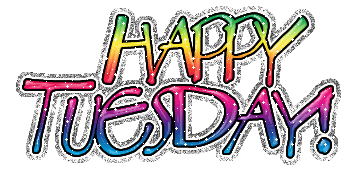
Source: Grammar Girl


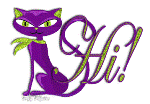













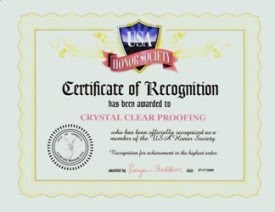











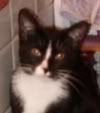








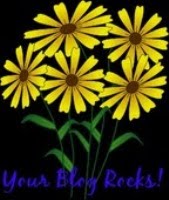






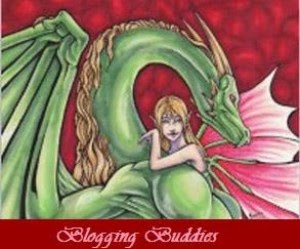











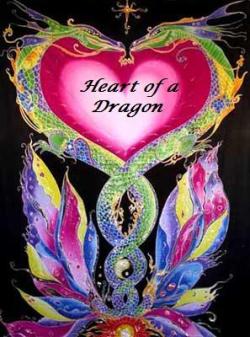


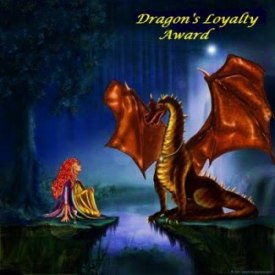





I probably use too many dashes. And ellipses. But my characters' thoughts bounce around, and I hate seeing parentheses in fiction.
ReplyDeleteI'm always using that pesky em dash. I've found three varities of dash on Word. There's the hyphen en dash, the medium-sized em dash, and a longer dash that runs between words. I wonder what the difference is.
ReplyDeleteI tend to use dashes quite often. Not really sure why. I'll have to look at my sentences closer now to see if the dash is really needed. Enlightening as always. Thanks.
ReplyDeleteM.J.: There are only three dashes. The longer dash you refer to sounds like the em dash. That's the "longest" one. Could your "medium-sized" em dash actually be the en dash?
ReplyDeleteExcellent tutorial. Got it saved.
ReplyDeleteMarvin D Wilson
Thank you! I was going to ask about spaces, but you added it in the end there. You think of everything! You should really turn your blog into a book. Now THAT is a grammar book I would buy!
ReplyDeleteMichele
SouthernCityMysteries
Karen: Not necessarily. As is stated in the last paragraph, it's a style issue (personal preference) as to whether there's a space before and after the dash. The only *rule* is to be consistent. :)
ReplyDeleteMichele: Thank you SO much! Now THAT is a fabulous compliment!
Thank you for the clarification not only in use of dashes, but also the types of dashes. I hope you don't mind another question concerning your site. I'm not sure if it's an issue with my computer settings, or the way your site is set up. When I see your page, I see a light purple background with darker purple letters. In all, I have difficulty reading the page unless I highlight the entire post I've seen this on other sites, but as of yet no one has given me an answer--I thought you might.
ReplyDeleteLee
I so needed this one. I use hyphens as dashes all the time. In fact I never really use dashes even though that's what I mean to be doing. Thanks for the wonderful lesson.
ReplyDeleteI use SO many dashes. I'm really Dash Girl. Not so wild about the colon. I'm tweeting this one...
ReplyDeleteElizabeth
Mystery Writing is Murder
Mystery Lovers’ Kitchen
Thank you so much for this post. The explanations and examples made it "crystal clear" for me. :-)
ReplyDeleteThanks!
Lee: My page is a light purple (lavender); however, the type is black (posts and comments).
ReplyDeleteYou might want to try adjusting your computer settings in "screen resolution" under "display settings" in your control panel. Your colors should be at 32 bit, and you can also adjust your resolution there. Hope that helps!
Elizabeth: Thanks for the tweet!
Kristine: Thank you! I'm glad you found the post helpful and I appreciate the compliment!
I don't use dashes too often, but I am gulity of just using one hyphen...
ReplyDeleteI like your distinction between the use of dash and colon. It makes sense to me. I used to always use the em dash without spaces, but many print publications I worked on in Australia preferred the en dash with spaces, so I obliged. Also, in relation to use of en dash in date instead of 'to', I always use the dash because I was told at journo high many years ago that if you use 'to' you also have to use 'from': from 1 May to 4 June. Dash easier :)
ReplyDeleteI have so much to learn...
ReplyDeleteYes, my bad, miss. I confused me em dashes with me en dashes. I'll try harder in future, honest. :)
ReplyDeleteI love dashes and ellipses and paretheses! (and exclamation marks) I manage to tone most of it down in my serious writing--except dashes--so I loved learning more about them. Thank you!
ReplyDeleteThanks for the inspiration-- I just changed everything back to factory settings and it looks great know. I guess I knew that---I just needed someone to remind me to look at it.
ReplyDeleteLee
Great concept. Now I have to change from hyphens to em dashes. Lesson learned and you have my thanks. I like to put a space before and after the dash. It just seems to give more emphasis to what is coming next. Hope that's right.
ReplyDeleteMost helpful. I just had a to change a host of en dashes to em dashes in my ms.
ReplyDelete